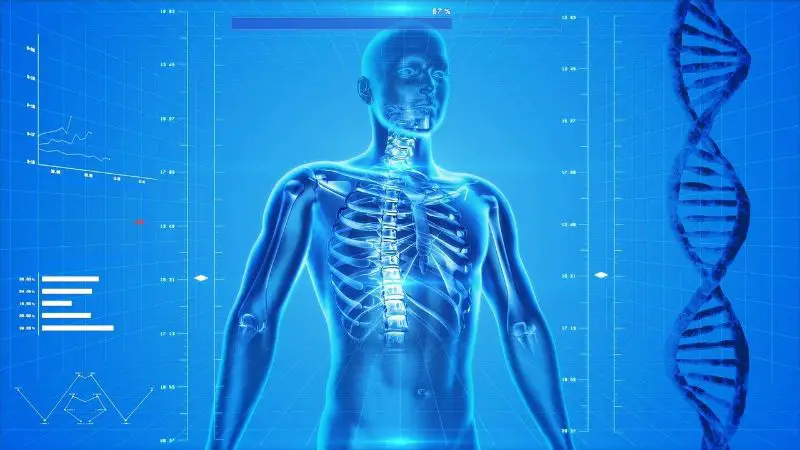Are you a college student studying math and considering taking a real analysis course? Then you’ve come to the right place. On this page, we will compare the best real analysis textbooks and help you decide which one is right for you.
Best Real Analysis Textbook
Best Real Analysis Textbook
Introduction to Real Analysis
Introduction to Real Analysis by Sherbert and Bartle is widely regarded as one of the best textbooks on real analysis. It covers all the major topics in a clear and concise manner, with plenty of examples and exercises to help readers master the material.
The book begins with an introduction to sets and functions, before moving on to more advanced topics such as infinite sets, real numbers, sequences and series, limits, and continuous functions.
Differentiation and the Riemann integral are also covered in-depth, along with sequences of functions, infinite series, and the generalized Riemann integral.
In addition, topology is briefly introduced at the end of the book, making it an ideal resource for those looking for a thorough introduction to real analysis.
Real Analysis: A Long-Form Mathematics Textbook (The Long-Form Math Textbook Series)
Real Analysis: A Long-Form Mathematics Textbook is an excellent choice for those looking for a comprehensive, in-depth guide to real analysis. This book starts with the basics of set theory and cardinality, allowing readers to gradually build up their understanding of more complex concepts. It then covers sequences and series in depth, before delving into the topology of real numbers.
The book also does an excellent job of explaining continuity, differentiation, and integration, making it perfect for those who want to delve deep into how calculus relates to real analysis. In addition, the book features a wide range of diagrams, written motivation, examples, and exercises, both easy and difficult, which are perfect for test prep or review.
Whether you’re a student or a teacher, Real Analysis: A Long-Form Mathematics Textbook is the perfect resource for learning about real analysis.
Understanding Analysis (Undergraduate Texts in Mathematics)
Understanding Analysis starts with a review of basic algebra and topology before moving on to more advanced topics such as differentiation and integration. One of the key features of Understanding Analysis is the way it uses diagrams and examples to illustrate key points. This makes it ideal for students who are struggling to visualize abstract concepts.
If you’re looking for a solid introduction to real analysis, Understanding Analysis by Stephen Abbott is an excellent choice. The book starts with a review of the real numbers and basic set theory before moving on to topics like sequences and series, topology, continuity, and differentiability. It also covers the Riemann integral in depth.
Another thing that makes this book stand out is the clear and concise writing style. Abbott does a great job of explaining complex concepts in a way that’s easy to understand. The book also includes a large number of exercises, helping students to practice and consolidate their grasp of the material. Overall, Understanding Analysis is an excellent choice for anyone looking for a comprehensive introduction to real analysis.
Real Analysis: Modern Techniques and Their Applications
Real Analysis: Modern Techniques and Their Applications is one of the best real analysis textbooks available today. The book covers a wide range of topics in real analysis, including integration, signed measures, differentiation, point set topology, elements of functional analysis, LP spaces, Radon measures, elements of Fourier analysis, elements of distribution theory, and topics in probability theory.
The book is well-written and easy to understand, making it an ideal choice for students who are new to the subject. In addition, the book includes numerous worked examples and exercises that help to reinforce the concepts covered in each chapter.
All in all, Real Analysis: Modern Techniques and Their Applications is a must-have for any student or instructor who wants to gain a deep understanding of real analysis.
A Sequential Introduction to Real Analysis (Essential Textbooks in Mathematics)
A Sequential Introduction to Real Analysis starts with a careful treatment of the properties of the set of real numbers before moving on to discuss real sequences and limit theorems. A key feature of the book is its focus on subsequences, which are used to prove many of the main results.
The second half of the book is devoted to continuous functions, and includes a detailed treatment of symbolic logic and limits of functions. The final chapters cover differentiable functions, power series, integration, logarithms, and irrational powers.
Overall, Sequential Introduction to Real Analysis is an excellent choice for anyone looking for a rigorous yet accessible introduction to real analysis.
A First Course in Analysis (Cambridge Mathematical Textbooks)
A First Course in Analysis is the best real analysis textbook for students who are looking for a rigorous yet accessible introduction to the subject. The book covers all the major topics in real analysis, including the real numbers, differentiation, integration, sequences of functions, metric and Euclidean spaces, differentiation in higher dimensions, integration in higher dimensions, curves and surfaces, and differential forms.
The book is well-written and easy to follow, and it includes numerous worked examples and exercises to help students master the material. In addition, the book is suitable for use in a wide variety of courses, from introductory level classes to upper-level graduate courses. Whether you are a student or a professor, A First Course in Analysis is the perfect text for learning real analysis.
Understanding Real Analysis (Textbooks in Mathematics)
Understanding Real Analysis is relatively concise, which can be a big advantage when trying to learn a complex topic like real analysis. The book is easy to follow and condensed, with plenty of exercises to help readers solidify their understanding of the material.
Limits and Continuity are covered in great detail, along with Derivatives and Integrals. The book also does a good job of introducing readers to Sequences and Series. In addition, Understanding Real Analysis features a large number of exercises, which is ideal for students who want to test their understanding as they go along.
Ultimately, if you’re looking for a real analysis textbook that is both comprehensive and rigorous, Understanding Real Analysis is a great choice.
Real Analysis and Foundations (Textbooks in Mathematics)
Real Analysis and Foundations is written in an engaging and easy-to-understand manner. The book starts with an introduction to different number systems before delving into the basics of topology and continuous functions. From there, readers will learn about the integral, series of functions, and differential equations. Finally, the book covers power series methods and boundary value problems.
Introduction to Real Analysis (Textbooks in Mathematics)
Introduction to Real Analysis is a textbook that covers the fundamentals of real analysis. The book begins with an introduction to the real number system and sequence of real numbers. It then covers the structure of point sets and limits, and continuity.
The book also covers differentiation, the Riemann and Riemann-Stieltjes integral, series of real numbers, sequences and series of functions, orthogonal functions and Fourier series, Lebesgue measure, and integration. In addition, the book includes a section on rules of inference and mathematical proofs.
A Concrete Introduction to Real Analysis (Textbooks in Mathematics)
A Concrete Introduction to Real Analysis provides a rigorous yet accessible introduction to the subject. The book begins with a review of basic algebra and calculus before delving into more advanced topics such as sequences, series, and functions. A major strength of the book is its use of concrete examples and illustrations to explain complex concepts. In addition, A Concrete Introduction to Real Analysis includes an extensive appendix with solutions to selected problems, making it an ideal resource for both students and instructors.
Table of Contents

















